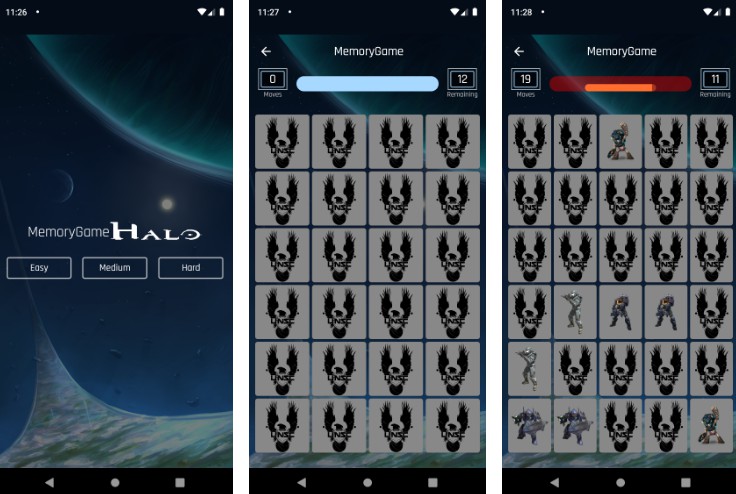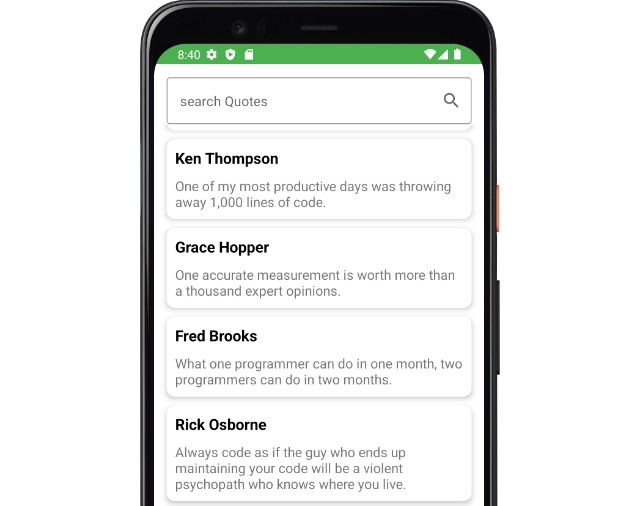? Introduction
Bucket is a lightweight and simple in-memory key-value storage. It also offers clustering features including auto-failover and master-slave replication. Bucket is mostly focused on research purpose for building distributed system from scratch.
? How to launch
First, you must write a config file.
- host – A local host name which will be propagated to other cluster nodes for connection.
- port – A storage server port
- clusterPort – A cluster server port
- clusterNodes – List of other cluster nodes. [nodeHost]:[nodeClusterPort]. Suppose node A and node B are in same clsuter. If node A’s host is 123.123.123.123 and clusterPort is 16555, node B should refer node A in clusterNodes as 123.123.123.123:16555
For example,
host: localhost
port: 6554
clusterPort: 16554
clusterNodes:
- localhost:16555
- localhost:16556
dataPath: ./config1
Suppose you have built jar file: bucket.jar. You can now launch bucket-server with following command.
/java -jar bucket.jar [configPath]
For example, using example config files in project root directory (config1.yml, config2.yml, config3.yml), the commands would be:
/java -jar bucket.jar config1.yml
/java -jar bucket.jar config2.yml
/java -jar bucket.jar config3.yml
? Network topology
Each node establishes tcp connection with all other nodes in the cluster. More precisely, a node has two connections per each other node in the cluster: inbound and outbound.
Client can connect to any node in the cluster to interact with it. When a requested node cannot deal with the message sent by the client, it responses with a REDIRECT message that indicates a node capable of it. (e.g. WRITE request to slave node REDIRECTS to master node)
? Data replication
Bucket supports master-slave data replication. A cluster can have a single master node, and multiple slave nodes. A single master node can accept read/write request and propagtes writes to every other slave nodes in the cluster. Slave nodes are read-only.
In more detail, to propagate writes in correct order, a node must log incomming writes sequentially to special file called AOF(Append Only File). When a slave node requests for a replication, a master node reads and sends AOF up to the offset at the time the request was received. It also buffers incomming write after that offset in memory.After AOF transfer completes, it starts sending buffered writes to slave node.
To prevent full-copy of dataset in case of master failure, a node holds two kinds of ids: current-master-id and last-master-id. When a new master node starts, it creates a new id and initializes current-master-id with it. The old current-master-id becomes last-master-id. When a slave node finds a new master, its current-master-id is set to current-master-id of its master. Again, old current-master-id becomes last-master-id. Finally, when a master node receives replication request from a slave node, it checks if last-master-id of the slave node is identical to current-master-id or last-master-id of its own. If it is, a partial re-synchronization happens. Otherwise, a full re-synchronization is inevitable.
? Auto failover
Bucket uses Raft consensus algorithm to elect a master node. When a master node fails, any node in a cluster can start a new election. A node voted by majority of cluster wins the election, and becomes a new master. So, as long as the majority of nodes are alive, a cluster can tolerate some failure of its members.




